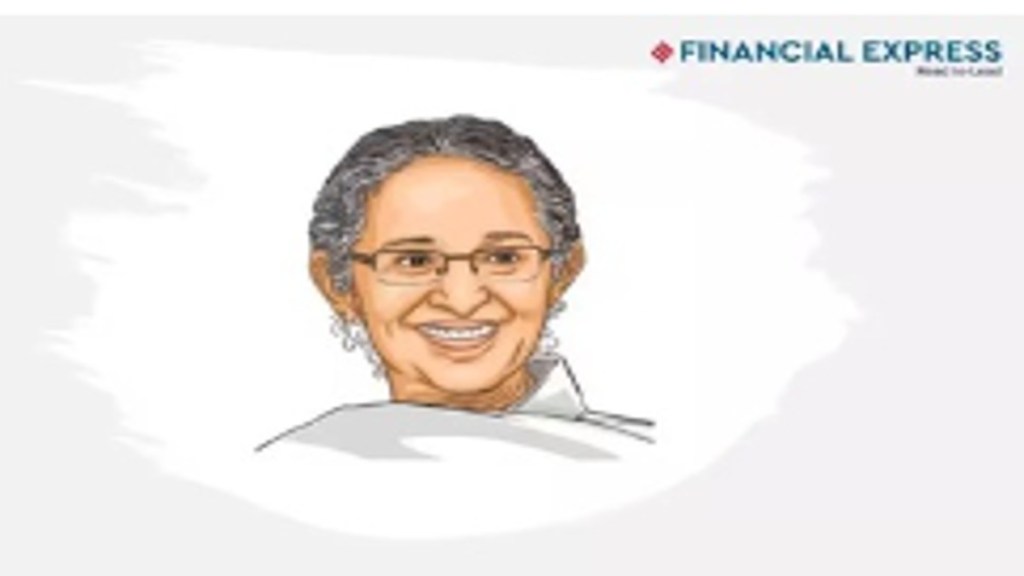Inflation is poorly measured in India and it is better to be satisfied that the target is reached when inflation is in a narrow band around 4%, says external MPC member Ashima Goyal. She tells Sachin Kumar that real interest rates should be lowered, as there are negative signals for growth.
You mentioned that too much precision in inflation targeting is unproductive. Has this delayed the rate cut and kept growth below its potential?
Yes, inflation is poorly measured in India as well as in any country since technology is changing consumption baskets rapidly. Indian base year weights are also outdated. Therefore, we may already be at 4%. In such a situation, it is better to be satisfied that the target is reached when inflation is in a narrow band of around 4%, such as the current projection of 4.5% for FY 25. Core inflation has fallen to lifetime lows of 3.1% even with 8% growth, suggesting we are below our potential growth. If there is excess demand, core inflation should rise.
With food inflation being volatile and ongoing debates about removing food items from inflation targeting, do you think the MPC should focus more on core inflation?
The headline should remain the target since it matters to the consumer and can come to serve as a benchmark for price-setting firms and regulators. But more attention paid to core and forecasts given for core inflation would reduce excessive public focus on volatile commodity prices and help anchor expectations at the more stable declining trend.
With the monsoon progressing as expected and its impact on food prices, when do you expect RBI to be able to bring inflation to the 4% target?
It is already at 3.5%. The RBI expects it to rise again before falling but the good monsoon is likely to make their forecast an overestimate. The 4.4% expected in Q1FY26 may be 4%.
You mentioned negative signals for growth. Has the high real interest rate begun to constrain growth?
Since monetary policy acts with a lag it has to be forward-looking. Firms and households will make decisions today based on high expected real interest rates reducing consumption and investment next year. Expected growth this year is already less than last year.
Considering the recent softening in sales and profits of private manufacturing companies, as well as declining consumer confidence, how concerned should we be about the potential slowdown in Indian growth?
Core inflation below target suggests there is no excess demand. The Q1 FY25 softening in manufacturing suggests demand is falling further. Real interest rates should be lowered in response to such signals since interest elasticity of demand is high in India with a lot of young employees buying and equipping houses. But instead, real rates are rising as inflation falls and there is no change in policy rates.
As your term at the MPC is coming to an end, how has your experience been, and what are your views on the overall policymaking process?
It was a privilege and an intense learning process. It was indeed heartening to see the economy turn around and do well despite multiple shocks in this period. There are many lessons to be derived on what worked—these should be internalised for the future. Most important was the flexible implementation of inflation targeting unlike the pre-pandemic over-strictness; counter-cyclical smoothing of shocks; excellent coordination with the government and the creation of good incentives for the financial sector. The policy did what was needed for the Indian economy rather than following dogmatic principles or advice.
What factors are currently hindering private capital investment, and when do you expect it to revive?Private investment is already happening in sectors where capacity is a constraint. With gross capital formation above 30% of the GDP and the government share only about 5%, the rest is private. Some firms may have been waiting for election-related uncertainty to abate. By allowing real rates to rise we may be losing a possible post-election growth momentum.

